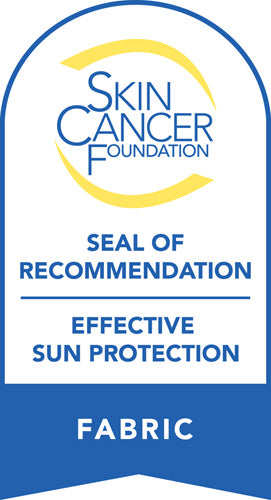Protecting Your Skin From the Sun While Swimming: A Guide
Current events have flipped the world on its head. However, in some cases, that isn't such a bad thing. More people are getting outside this year than in year's past.
But with the increase in outdoors, time also comes the increase in the need for protection from the sun. Especially while swimming.
Many people make the mistake of applying sunscreen one time when they initially get to the beach or pool, but then immediately jump into the water and eliminate its effects.
See below for several tips on protecting your skin from the sun swimming. Use this information to your advantage!
1. Invest in UPF Clothing
Sunscreen can be effective, but it washes off with time. The more that you sweat, jump into the pool, ride some waves, and so on, the more sunscreen you're washing away.
This leads to hour after hour of your skin being exposed to the sun, without any form of protection. It's important to have protection from the sun before, during, and after your swimming session.
For that reason, you should consider investing in sun protective clothing. There are several trendy options for you to choose from.
For example, you can invest in a men's top or women's top that will go well with almost any board shorts or swim piece that you have. That way, you have a go-to shirt for whenever you're going to swim!
There are many other types of UPF clothing you can invest as well. For women, you can search through tops, bottoms, and even UPF dresses that offer style and protection for your sun-filled days.
All UPF apparel made by BloqUV offers UPF 50+ sun protection, keeping you and your entire family safe while you adventure outdoors. Be sure to stock up, you never know when they could come in handy!
2. Morning and Evening Swims
Whether you knew it or not, there are certain times of the day where you should actively avoid the sun. Midday is when the sun is most dangerous, as that's when it reaches its highest peak.
When the sun is at its highest peak, it radiates the highest amount of UV rays to nature and humans below.
Not to say that you should never go out in midday, but limiting the number of times you and your family are out can pay huge dividends.
Instead, try to go out for a swim before or after midday occurs. This will help the sunscreen and UPF shirts that you use to block out more UVA rays and UVB rays from directly hitting your skin.
3. Know Your Time Limits
While the sun does contain UV light that can be harmful during a longer period of time, it can also help you boost your vitamin D levels. Because of that, it's important to know the balance between too much sun and not enough sun.
The only way that you can generate more vitamin D in your body is when the sun has direct contact with your skin.
Experts recommend that you give your skin direct contact with the sun, without any sunblock on, for 20 to 30 minutes. That's the optimal amount of time to generate vitamin D. Any more than that and you'll start to burn.
For that reason, try wearing your UPF clothing to the beach or pool, then taking it off as soon as you arrive. Give yourself time to set up (lay down towels, set up beach chairs, get sunscreen on the kids, etc.) before you apply sunscreen or put your UPF shirt back on.
If you start to feel your skin starting to get burned at any point, place the shirt back on and take it back off in increments.
4. Know When to Apply and Reapply
Some of you out there will be perfectly content to swim in your UPF shirt. If so, then you won't have to worry about putting on sunscreen.
For those of you that don't want to wear shirts in the water, you'll need to rely on a fair amount of sunscreen.
Generally, you want to apply sunscreen at least 20 minutes before you get into the water and start swimming. Remember, even if it's a cloudy day, you can still get burned. Be sure to apply sunscreen no matter the weather conditions.
It's important to keep track of time. Once you've swum in the water for 40 to 50 minutes or so, get out, dry off, and reapply more sunscreen.
Take note of the sunscreen that you're using. Some are water-resistant, while others are waterproof. Waterproof means it will last you up to 70 minutes. Water-resistant means it will last you around 40 minutes or so.
5. Be Mindful of Chlorine
Sunscreen wasn't made for chlorine. In fact, chlorine strips away at sunscreen, giving you less protection time from the sun.
Always be mindful of where you'll be swimming. If you're swimming in an ocean, river, or lake, then your sunscreen will last longer. If you're in a chlorine pool, then you'll want to be preventative and reapply as often as you can.
You may go through an entire bottle of sunscreen in one sitting. But that's a small price to pay to avoid sunburn and more serious health conditions from having too much sun exposure on your skin.
Protect Yourself from the Sun Swimming
Now that you've seen all the different tips and tricks you can use to protect yourself from the sun swimming, it's time to put them to good use.
Be sure to read this article for more information on eye-opening UV facts and how it can affect your health in the long run.
For more inquiries, please be sure to reach out via our contact us page and we will be happy to assist you further!



